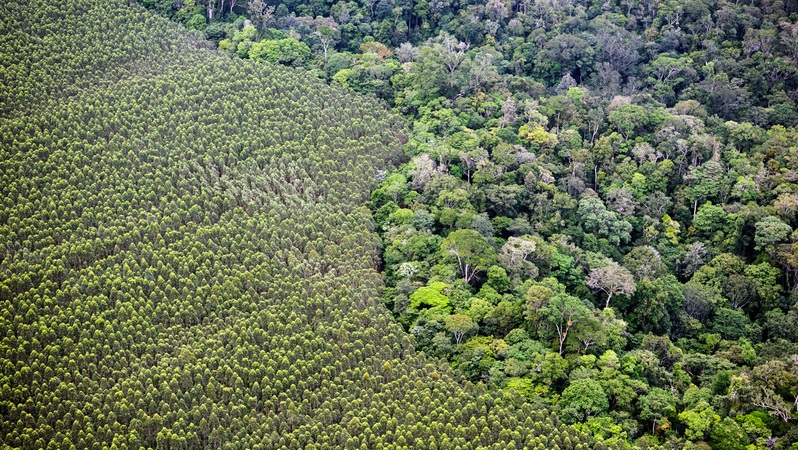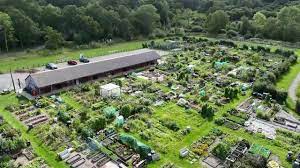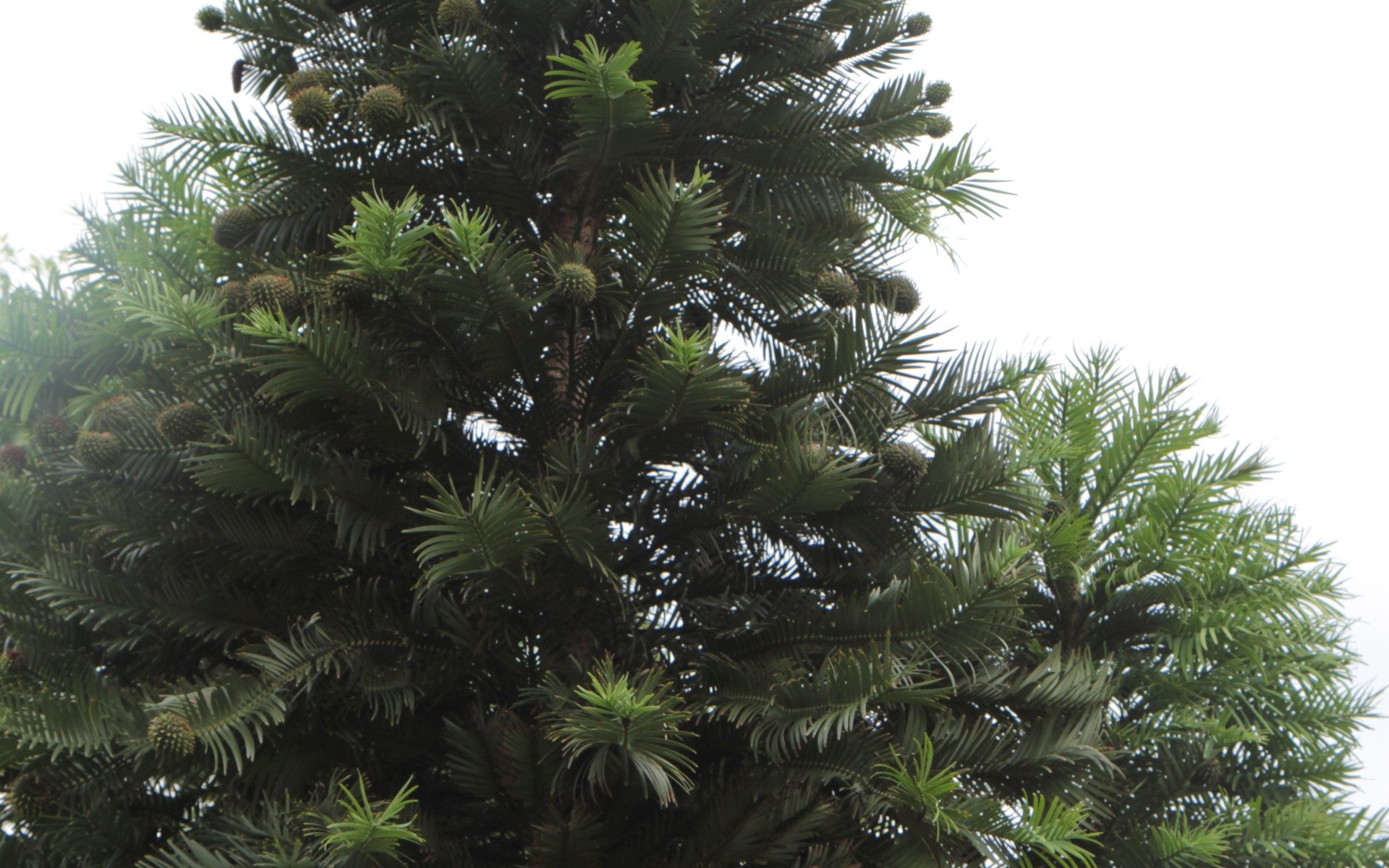The Greenland wolf, is known from remains, to have lived in Greenland for at least 7600 years, though, given Caribou have been there for 8900 years, it is quite possible that they have been there for longer.
It is a small population of around 200 individuals, so encountering them is rare. This video to the right is an incredible encounter a photographer had, when she realized that she had been surrounded by them. As you can see, wolves do not generally consider humans as food.
We have not been as kind in the past, and between 1920 and 1932, 35 wolves were killed in the core wolf range, forcing the population to decline rapidly to extinction.
It should be noted, that there is only a small population in Greenland, and it is a huge landmass, so it is quite possible that the population is larger.






